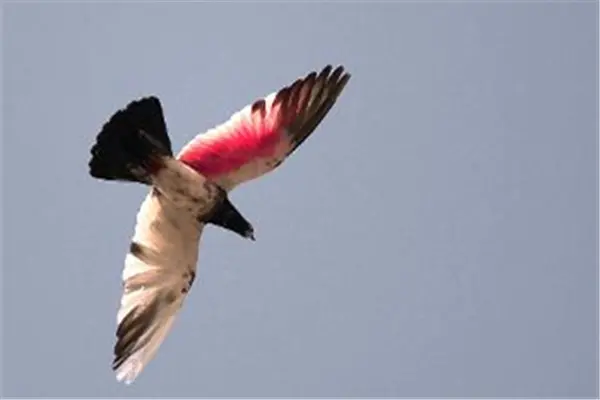German scientists have found definitive proof for the first time that great frigatebirds can sleep during their long-distance flight.
Published on Wednesday by the online-only journal Nature Communications, the study said the red-breasted birds require less sleep during their long-time flights over the ocean than they do on land.
The birds usually sleep for an average of 42 minutes per day, only a fraction of the 12-hour sleep they get on land, it said, adding that every time they take a nap for only 12 seconds.
The birds, up to one-meter long with predominantly black plumage, can fly continuously for up to two months without landing to take a rest.
Scientists monitored brain activities and locomotion of the red-breasted birds by strapping devices to the heads of the female birds from the Galapagos Islands, an archipelago of volcanic islands on either side of the Equator in the Pacific Ocean.
The research also challenged the view that flying birds always need to maintain environmental awareness by sleeping with only one eye closed and one cerebral hemisphere at a time.
Surprisingly, slow wave sleep could occur in one hemisphere at a time or both hemispheres together, the team said in a statement. "The presence of such bihemispheric sleep indicates that unihemispheric sleep is not required to maintain aerodynamic control.
"Some people thought that all their sleep would have to be unihemispheric otherwise they would drop from the sky," said Niels Rattenborg, from Germany's Max Planck Institute for Ornithology.
"But that's not the case. They can sleep with both hemispheres and they just continue soaring," he said.
(APD)
 简体中文
简体中文

